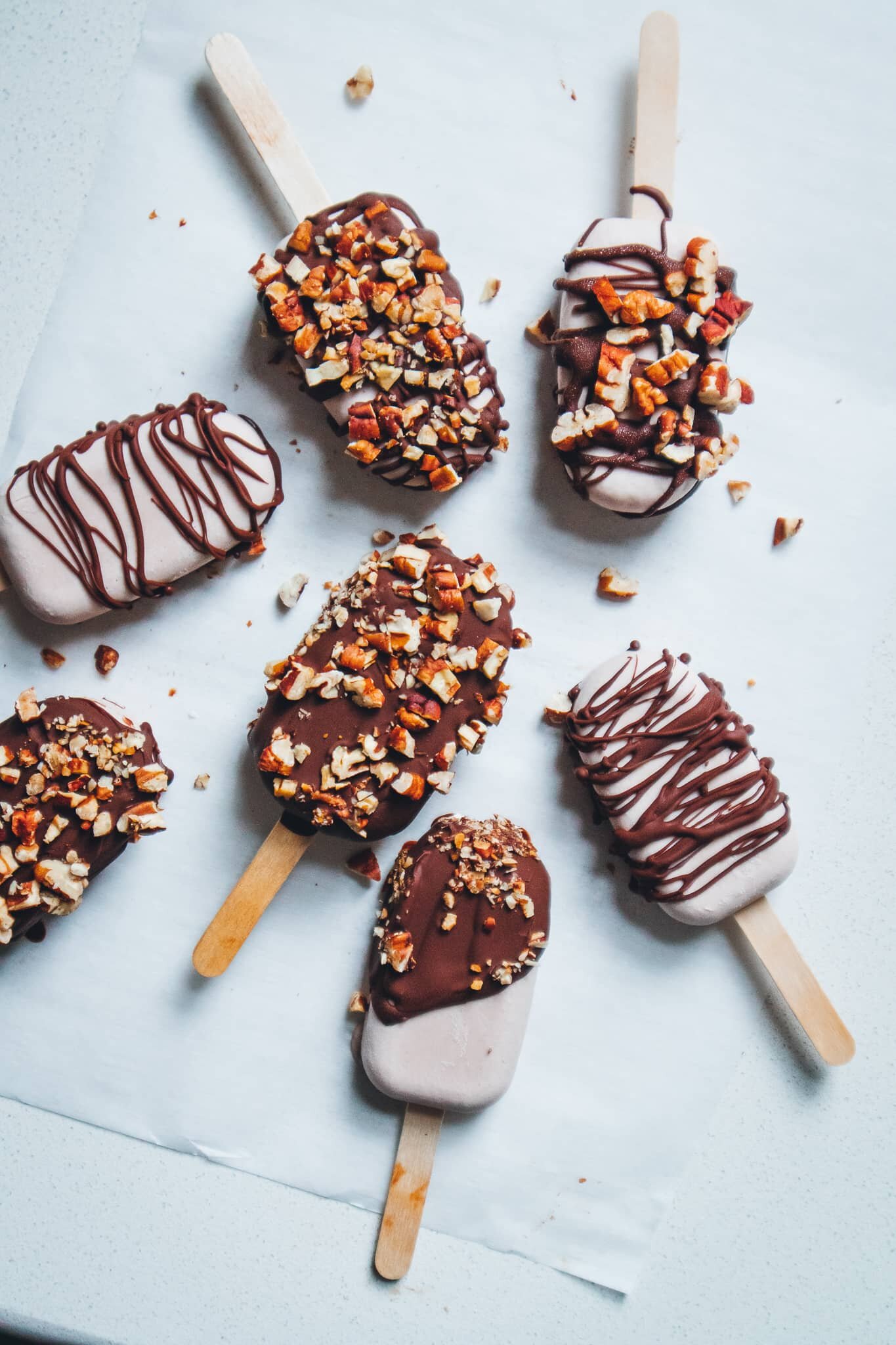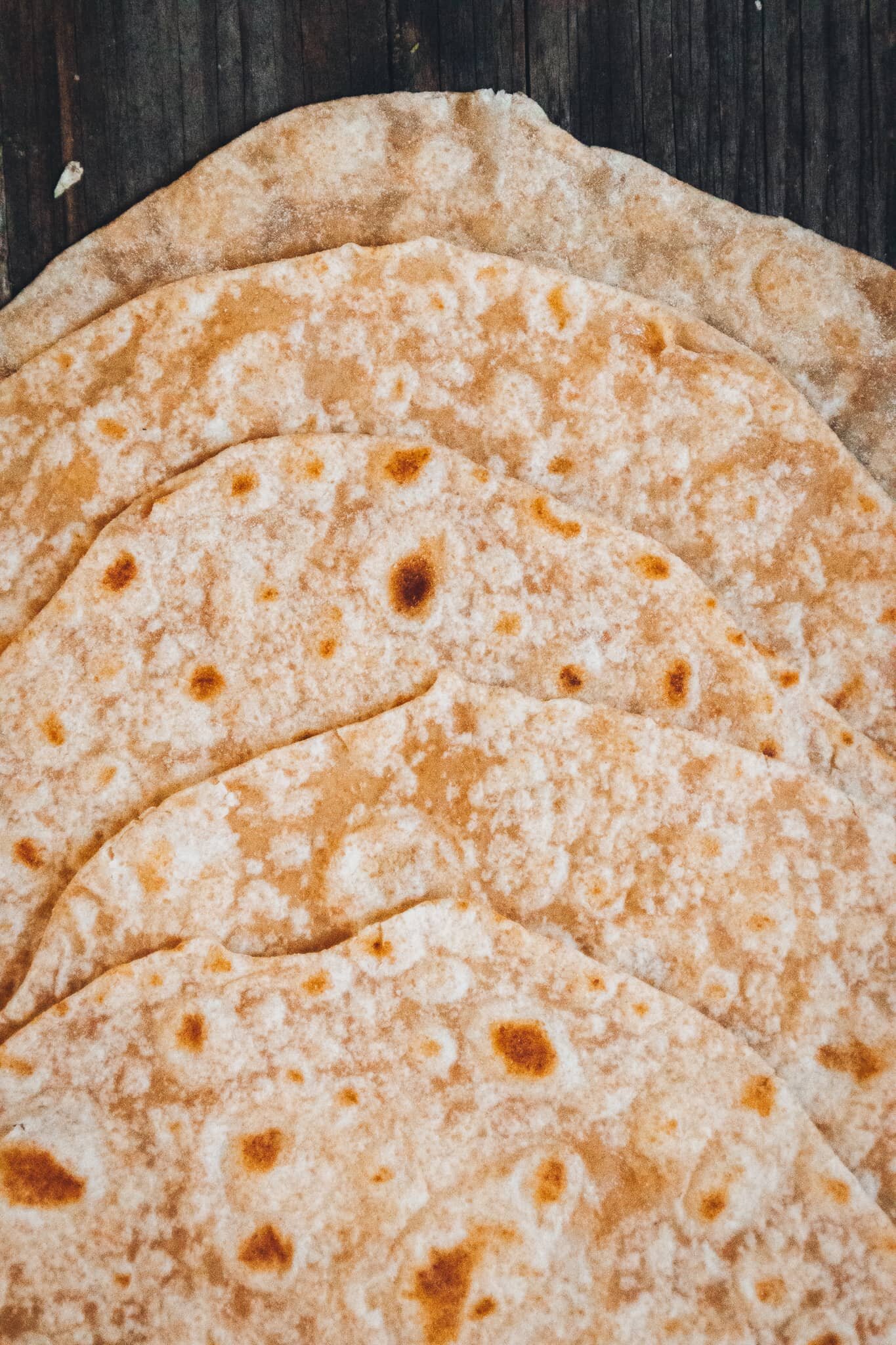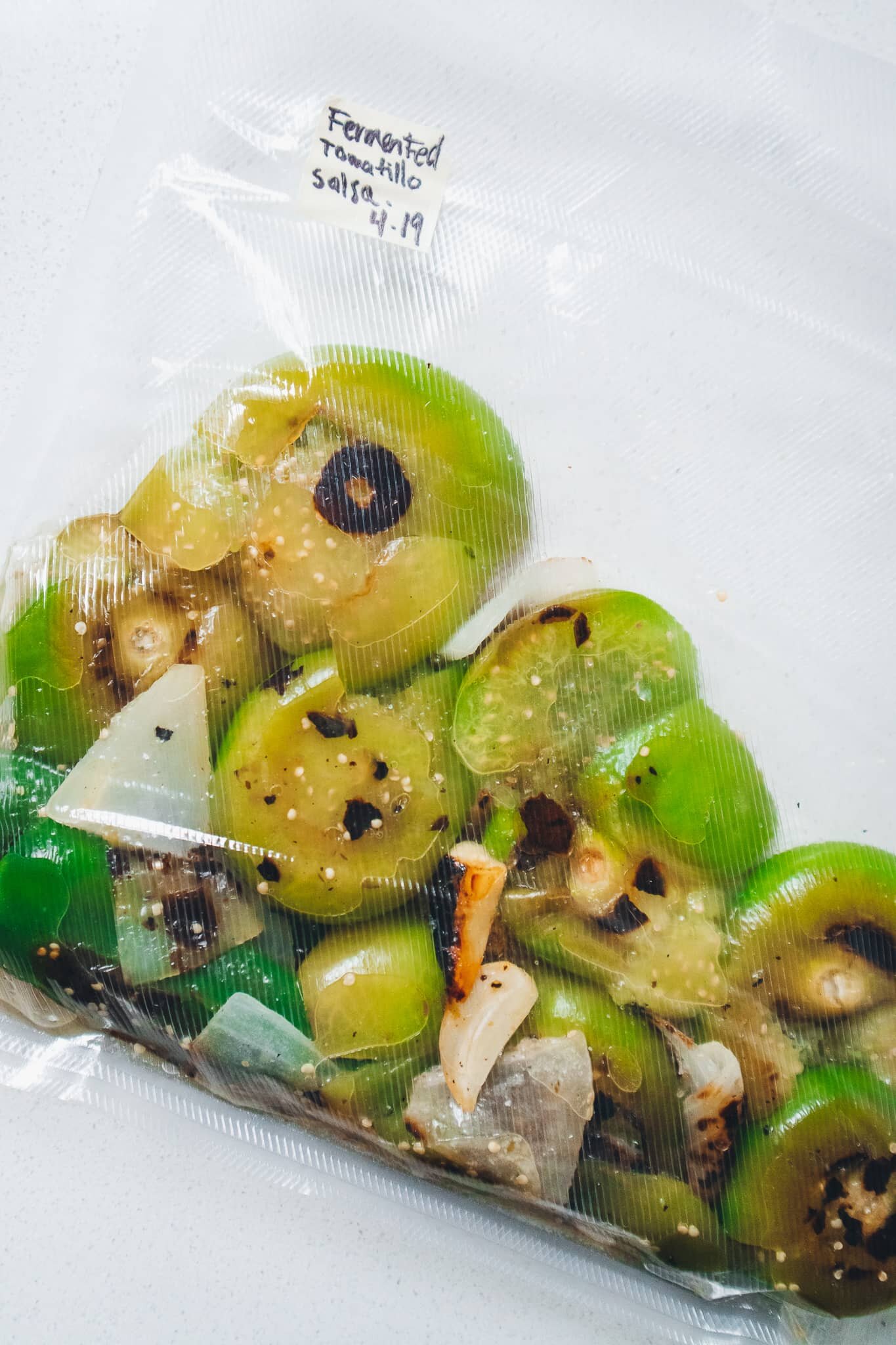Cooking Basics: How to Sauté
May 26, 2021
Knowing how to master the basic cooking techniques is a must if you want to make delicious meals for yourself, and especially if you rely on your home cooking for the majority of your meals. When you’re technique improves, your food improves, so it’s a skill that will bring you big (and tasty!) results. That’s why I’m starting a series in which I teach you the how and why of the basic cooking techniques so that you can get a better understanding of what these cooking terms mean and how to get a good result, every time.
What is Sautéing?
Today we’re talking about sautéing. Sautéing is a cooking method that uses a small amount of fat in a large pan over high heat. You know when you see chefs toss the food in the pan up in the air and catch it again? That’s sautéing. Because you don’t want to cook the food too much, just lightly cook it with some quick exposure to high heat.
What kind of oil should you use for sautéing?
You want to make sure you use oil that’s going to withstand high heat, so choose an oil that has a high smoking point. This means that these oils can be heated to high temperatures before smoking and releasing free radicals. I recommend using the following high-smoke-point oils:
-
avocado oil
-
grapeseed oil
-
coconut oil (not extra-virgin)
-
olive oil (not extra-virgin)
I recommend using these as opposed to more refined oils like canola and corn oil because those are more commonly made using GMO ingredients.
What kind of food can be sautéed?
Can you sauté anything? Any vegetable? The answer is no.
It all depends on the structure of the food. Food that’s low in water content is best because
So how do you know what vegetables, fruits, and other foods are low or high in water content? A simple test is to just cut it: If you slice it and some water comes out, it’s got quite a bit of water in it. As an example: cucumber, tomato, and tofu are high in water content, whereas carrots, bell pepper, and turnips are not.
When it comes to sautéing, size matters
Lastly, the way you cut your vegetables is so important when it comes to sautéing. Sautéing is a quick-cooking method: your food is going to be in contact with the heat for 3-6 minutes tops, so you need to cut your food small, otherwise it won’t cook at all.
Watch the video to see how I demonstrate sautéing on an induction burner and a wok on a gas stove-top. In it, I share 2 different recipes, which you can find the ingredients and method for down below.
Ginger Maple Zucchini
Serves 2 (as a side)
15ml avocado oil
20g white or yellow onion, diced small
1/2 clove garlic, sliced
30g ginger, minced
250g (about 1 medium) zucchini, diced small
20ml maple syrup
15ml tamari
10 fresh cilantro stems, finely chopped
-
Heat a large sauté pan on high heat and add avocado oil. Move the pan around to spread the oil around evenly.
-
Add onion and garlic, and sauté for 1 minute. Add zucchini and sauté for 3 minutes, or until it’s lightly golden and cooked through.
-
Add maple and tamari, and stir to combine. Turn off the heat and add cilantro stems. Stir to combine again and season to taste.
Sautéed Vegetables with Pickled Chilis and Peanuts
Serves 2 (as a side)
15ml avocado oil
1/2 garlic clove, sliced
1/4 medium white or yellow onion, sliced (about 1/4 cup sliced)
2 small carrots, julienned (about 1 cup julienned)
1/8 small head purple cabbage, julienned (3/4 cup julienned)
3-inch piece daikon radish, julienned (about 1/2 cup julienned)
Zest of 1/2 orange
3-5 slices pickled chilis (recipe here)
18ml tamari
30g toasted peanuts
8g fresh cilantro leaves and stems, roughly chopped
-
Heat a large sauté pan or wok on high heat for 1 1 minute. Add the avocado oil and swirl around to coat the pan.
-
Immediately add the garlic and onion and sauté for 20 seconds before adding the carrot. Mix and sauté for 2 minutes, or until the carrot begins to soften.
-
Add the cabbage and cook for 1 minute. Now add the daikon and sauté for 1 more minute. You don’t want the veggies to be super soft here, just lightly cooked together.
-
Add the orange zest, sliced chilis, and tamari and stir to combine. Cook for a few seconds to let the tamari stick to the veggies.
-
Remove from heat and add half of the cilantro leaves and stems.
-
Serve topped with toasted peanuts and the rest of the cilantro leaves and stems.












Thank you very much! It was very interesting!
You’re so welcome! Glad you enjoyed it 🙂 There are more coming up, so keep an eye out!